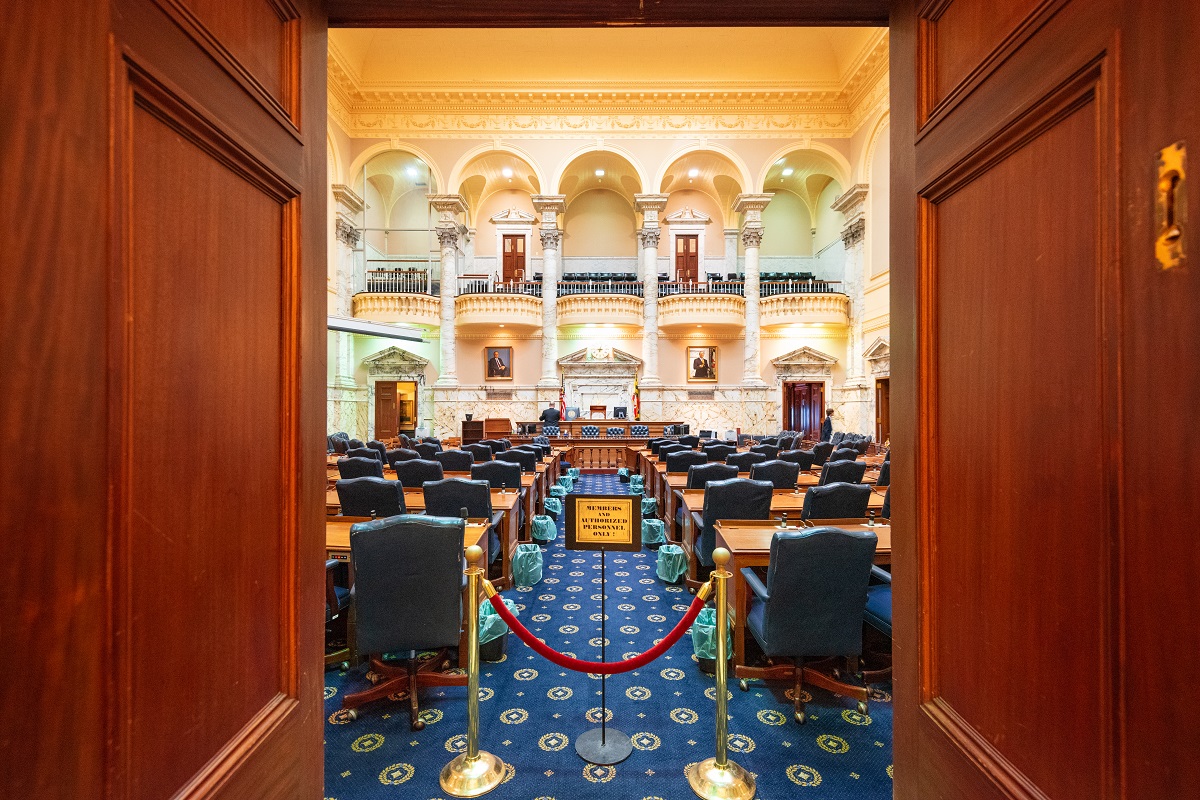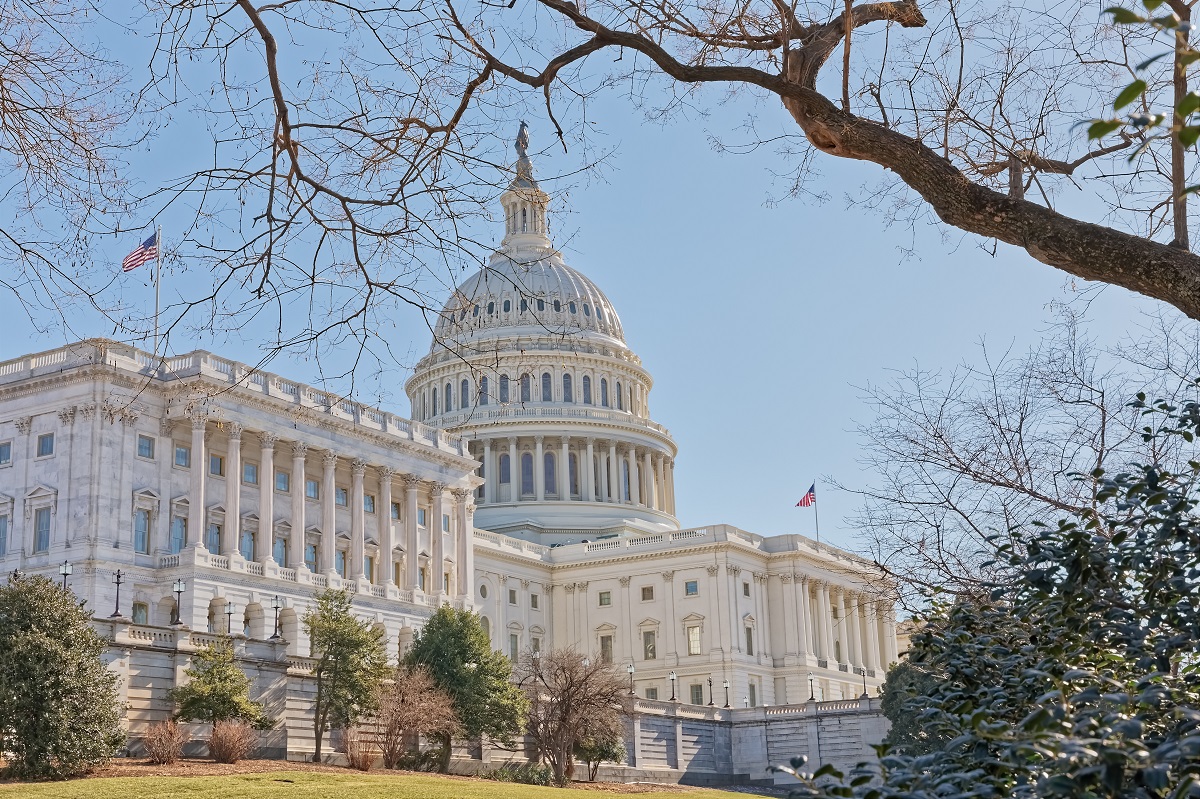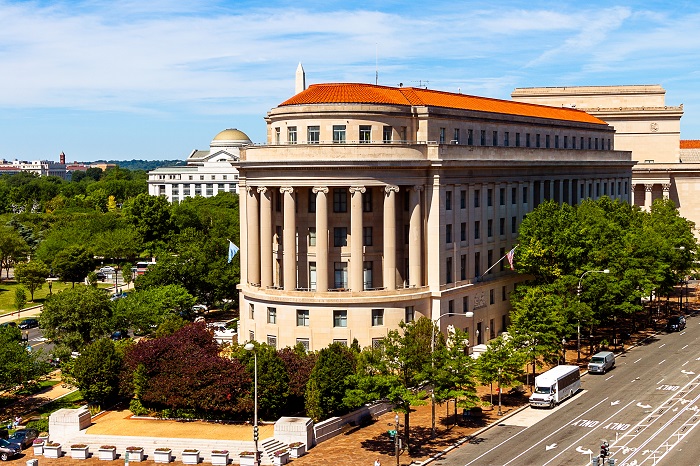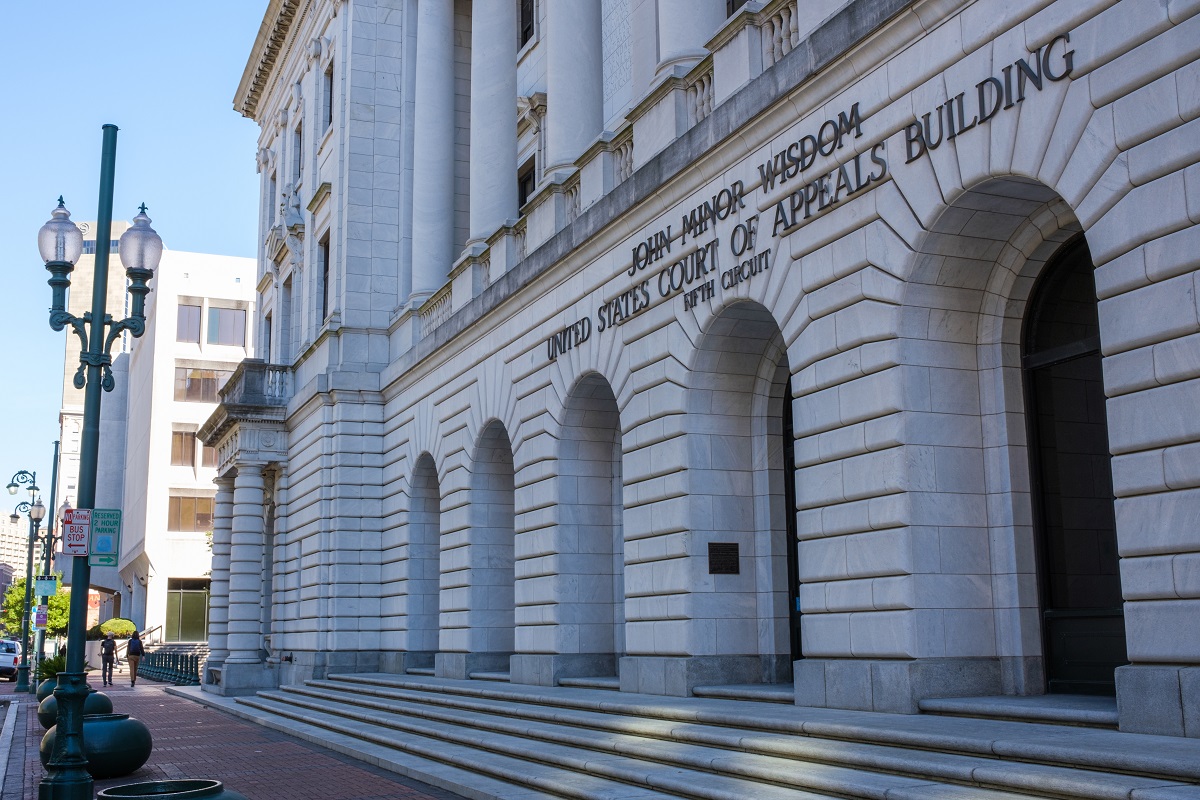Over the past year, the ebb and flow of bankruptcy filings has been an interesting one. Through 11 months, the number of bankruptcy filings have decreased from 2021, which were at their lowest levels since the 1980s.
Posts published in “Federal Regulation”
The upward trend in data privacy legislation continued in 2022. According to the National Conference of State Legislatures, “[a]t least 35 states and the District of Columbia in 2022 introduced or considered almost 200 consumer privacy bills,” which is a significant increase from 160 bills in 2021.
Continuing with the heavy trend 2022 has seen of both federal and state regulator focus on medical debt coming on the heels of the aftermath of the COVID-19 pandemic, a bill introduced in the U.S. Senate is taking aim at the collection of medical debt.
In a pair of recent enforcement actions, the Federal Trade Commission cracked down on companies with allegedly lax data security measures that resulted in the theft of personal information of millions of consumers.
On Oct. 25, 2022, the Director of the Consumer Financial Protection Bureau (CFPB), Rohit Chopra, announced at a fintech conference that the CFPB “will launch the process to activate a dormant authority under Section 1033 of the Consumer Financial Protection Act . . . [to] provide for personal financial data rights for Americans . . .”
The U.S. Court of Appeals for the Fifth Circuit on Oct. 19 held that the federal Consumer Financial Protection Bureau’s Payday Lending Rule was invalid because it was promulgated using an unconstitutional funding scheme.
Insufficient data protection or information security can violate the prohibition against unfair acts or practices according to a circular released last week by the federal Consumer Financial Protection Bureau.
Determining whether your business engages in activities that can trigger coverage is discussed by the Federal Trade Commission in just released guidance entitled “FTC Safeguards Rule: What Your Business Needs to Know.” The Rule applies to many businesses beyond the scope of what are commonly understood to be “financial institutions” and has implications for service providers to covered entities.
Medical debt continues to dominate the headlines in 2022 and continues to be an area of significant focus for the Consumer Financial Protection Bureau.
Medical debt continues to capture the attention of state and federal government, with lawmakers and regulators continuing to target how medical debt is collected and how it is reflected on a consumer credit report.
The U.S. Court of Appeals for the Eleventh Circuit recently vacated a trial court’s ruling granting summary judgment in favor of a mortgage servicer and against the federal Consumer Financial Protection Bureau (“CFPB”) based on res judicata.
The Federal Trade Commission recently amended the Safeguards Rule, 16 C.F.R. § 314.1, et seq., with significant changes to how an information security program should be designed, what it must include, and who needs to be in charge.











